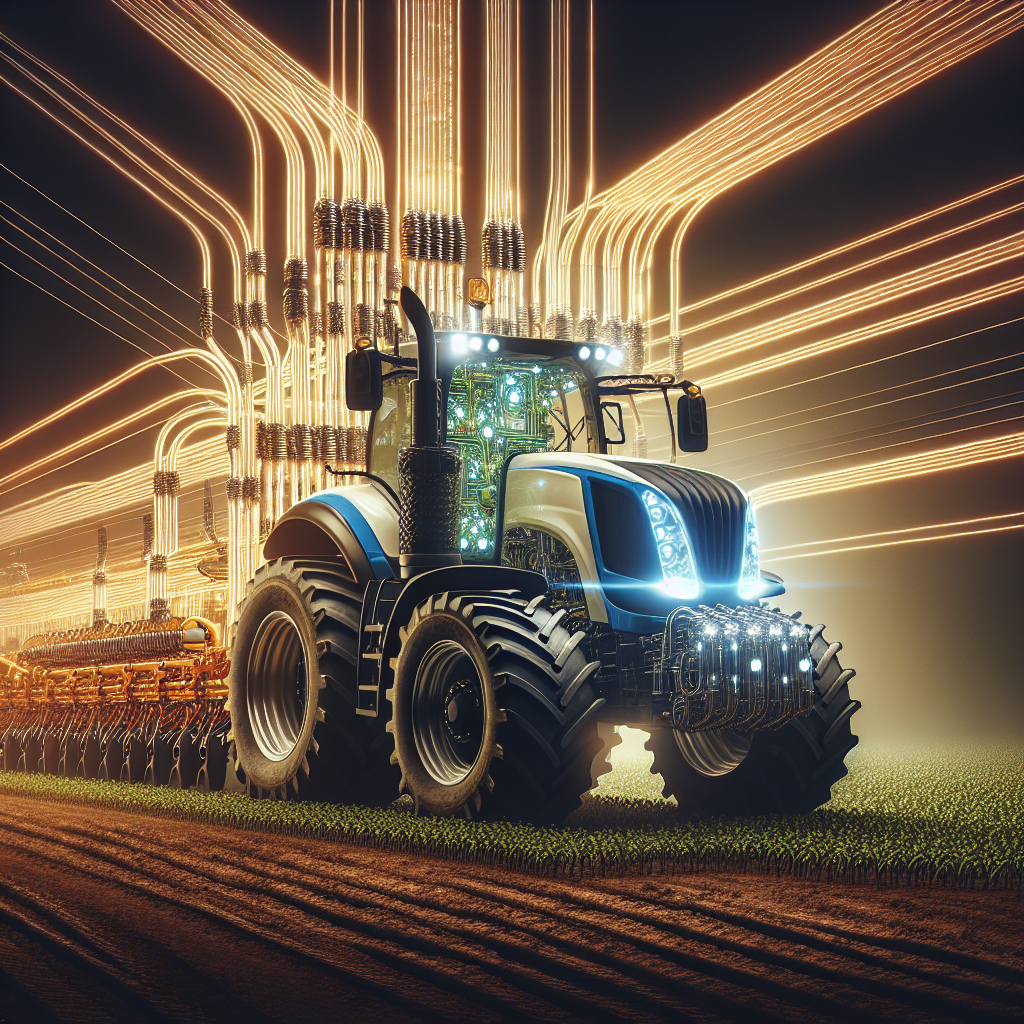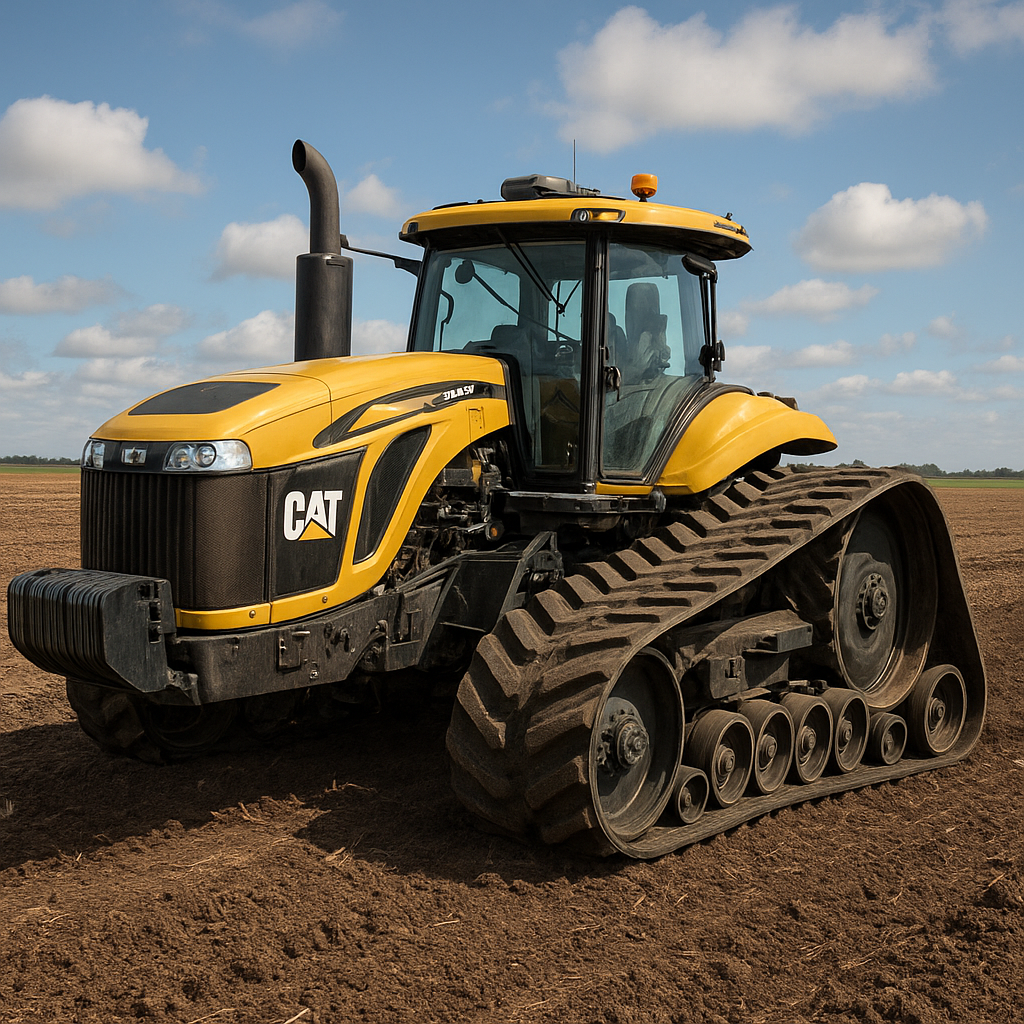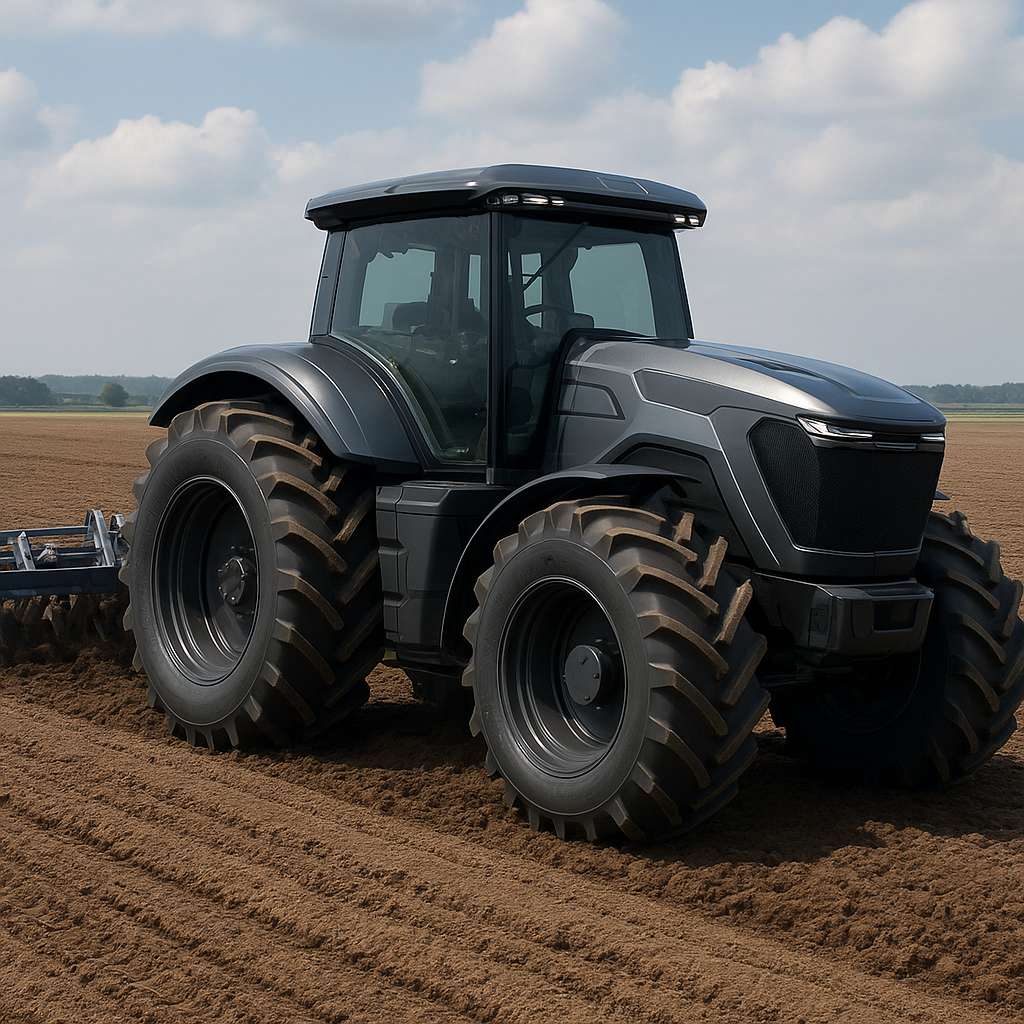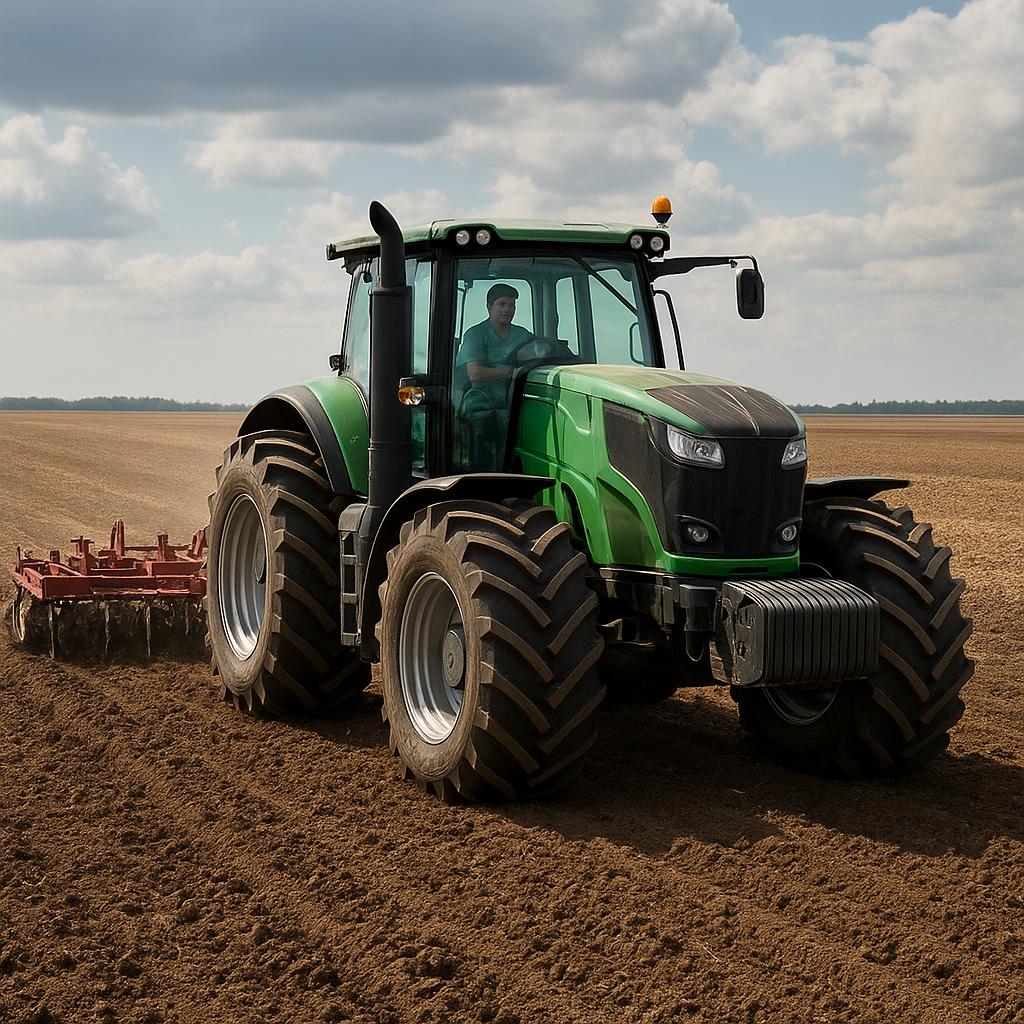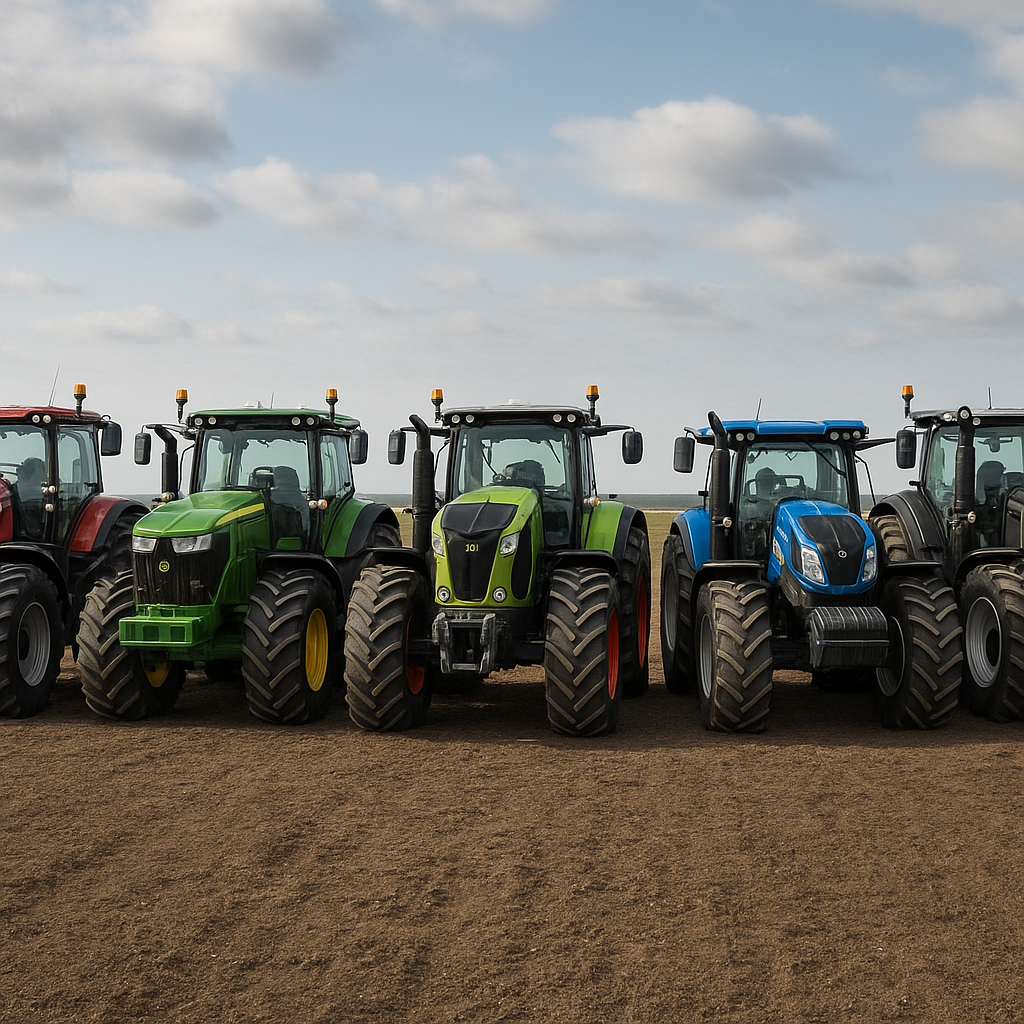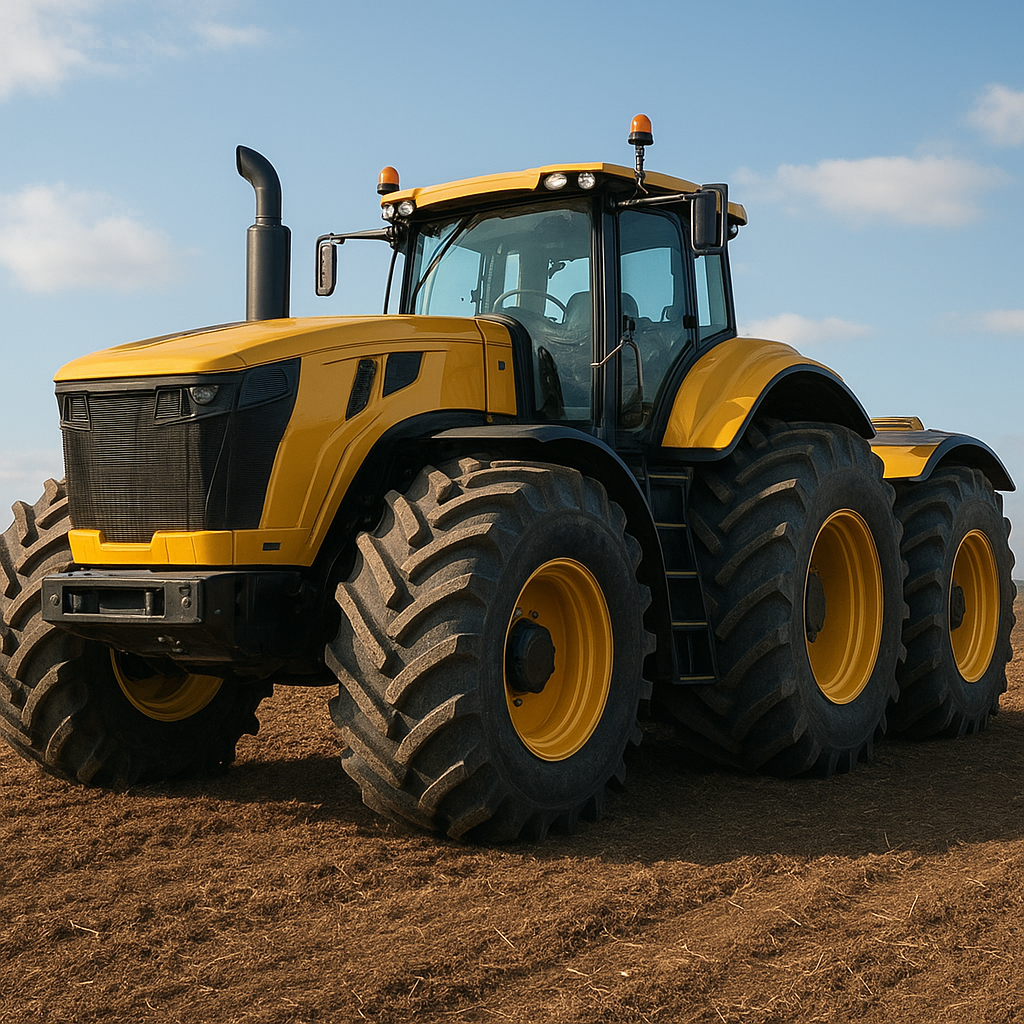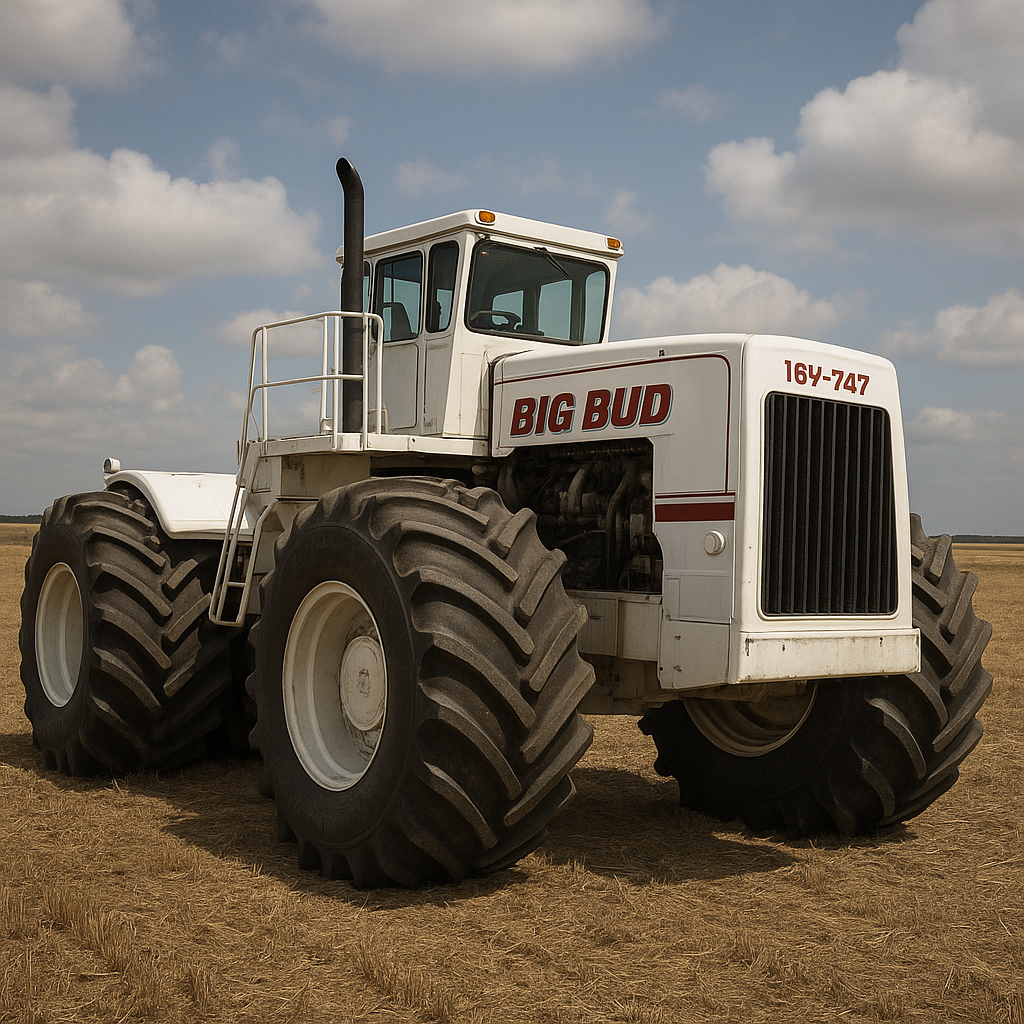Tractors have come a long way since their inception, evolving from simple mechanical devices to highly sophisticated machines. Among the many advancements in tractor technology, one of the most significant is the development of LED lighting systems. These systems have revolutionized the way farmers work, providing better visibility and enhancing safety during nighttime operations. In this article, we will explore the innovations in tractor lighting, focusing on LED systems and their impact on modern agriculture.
The Evolution of Tractor Lighting
Tractor lighting has undergone significant changes over the years. Initially, tractors were equipped with basic incandescent bulbs that provided minimal illumination. These early lighting systems were often unreliable and prone to failure, making nighttime work challenging and hazardous. As technology advanced, halogen lights became the standard, offering improved brightness and durability. However, it wasn’t until the advent of LED (Light Emitting Diode) technology that tractor lighting truly transformed.
From Incandescent to LED: A Technological Leap
LED lighting represents a major leap forward in tractor lighting technology. Unlike incandescent and halogen bulbs, LEDs are highly efficient, consuming less power while producing significantly more light. This efficiency translates to longer-lasting lights that require less frequent replacement, reducing maintenance costs for farmers. Additionally, LEDs are more durable and resistant to shock and vibration, making them ideal for the rugged conditions of agricultural work.
One of the key advantages of LED lighting is its ability to produce a bright, white light that closely resembles natural daylight. This improved visibility is crucial for farmers who often work long hours, sometimes extending into the night. Enhanced visibility not only increases productivity but also reduces the risk of accidents and injuries, ensuring a safer working environment.
Benefits of LED Lighting Systems in Modern Tractors
The adoption of LED lighting systems in modern tractors offers numerous benefits that extend beyond improved visibility. These benefits include energy efficiency, environmental sustainability, and enhanced functionality.
Energy Efficiency and Cost Savings
LED lights are known for their energy efficiency, consuming up to 80% less power than traditional incandescent bulbs. This reduced power consumption translates to lower fuel usage for tractors, resulting in cost savings for farmers. Additionally, the longer lifespan of LED lights means fewer replacements and less downtime, further contributing to overall cost efficiency.
Environmental Sustainability
In an era where environmental sustainability is a growing concern, LED lighting systems offer a greener alternative to traditional lighting. LEDs produce less heat and contain no hazardous materials, such as mercury, which is commonly found in other types of bulbs. This makes LED lights safer to use and dispose of, reducing the environmental impact of agricultural operations.
Enhanced Functionality and Customization
Modern LED lighting systems offer a range of features that enhance functionality and customization. For example, many LED lights come with adjustable brightness settings, allowing farmers to tailor the lighting to their specific needs. Some systems also include advanced features such as strobe lights, floodlights, and spotlights, providing versatile lighting options for different tasks and conditions.
Furthermore, LED lights can be integrated with smart technology, enabling remote control and automation. This allows farmers to adjust lighting settings from the comfort of their cab or even remotely via a smartphone app. Such innovations not only improve convenience but also contribute to more efficient and effective farming practices.
Case Studies: LED Lighting in Action
To illustrate the impact of LED lighting systems, let’s examine a few case studies of farmers who have successfully integrated this technology into their operations.
Case Study 1: Increased Productivity on a Dairy Farm
John, a dairy farmer in Wisconsin, struggled with poor visibility during early morning and late evening milking sessions. After upgrading to LED lighting systems, John noticed a significant improvement in visibility, allowing him to work more efficiently and safely. The bright, white light provided by the LEDs made it easier to spot potential hazards and ensure the well-being of his livestock. As a result, John’s overall productivity increased, and he experienced fewer accidents and injuries on his farm.
Case Study 2: Enhanced Crop Management on a Large-Scale Farm
Sarah, a large-scale crop farmer in Iowa, faced challenges with nighttime fieldwork, particularly during planting and harvesting seasons. By installing LED floodlights on her tractors, Sarah was able to extend her working hours and complete tasks more quickly. The improved visibility also allowed her to monitor crop conditions more effectively, leading to better crop management and higher yields. Additionally, the energy efficiency of the LED lights helped Sarah reduce her fuel consumption and lower her operational costs.
The Future of Tractor Lighting
As technology continues to advance, the future of tractor lighting looks promising. Researchers and manufacturers are constantly exploring new ways to enhance LED lighting systems, making them even more efficient, durable, and versatile. Some of the emerging trends in tractor lighting include:
- Smart Lighting Systems: Integration with IoT (Internet of Things) technology to enable real-time monitoring and control of lighting settings.
- Adaptive Lighting: Systems that automatically adjust brightness and beam patterns based on environmental conditions and task requirements.
- Solar-Powered LEDs: Development of solar-powered LED lights to further reduce energy consumption and promote sustainability.
- Advanced Optics: Innovations in lens and reflector design to improve light distribution and minimize glare.
These advancements will continue to drive the adoption of LED lighting systems in agriculture, providing farmers with the tools they need to work more efficiently and sustainably.
Conclusion
In conclusion, the innovations in tractor lighting, particularly the development of LED systems, have had a profound impact on modern agriculture. LED lights offer numerous benefits, including improved visibility, energy efficiency, environmental sustainability, and enhanced functionality. As technology continues to evolve, we can expect even more advancements in tractor lighting, further enhancing the productivity and safety of farming operations. For farmers looking to upgrade their equipment, investing in LED lighting systems is a smart choice that will pay dividends in the long run.
